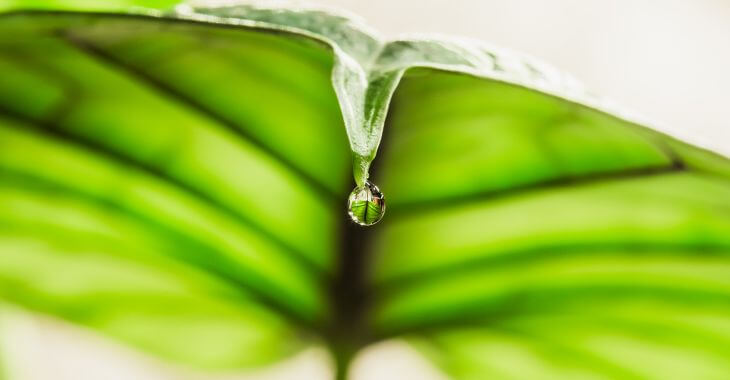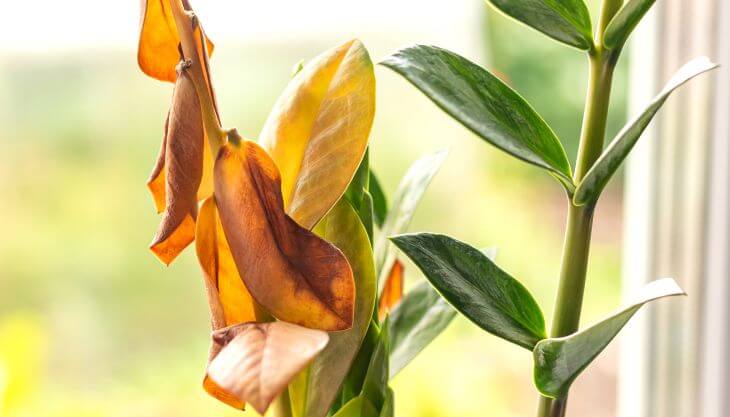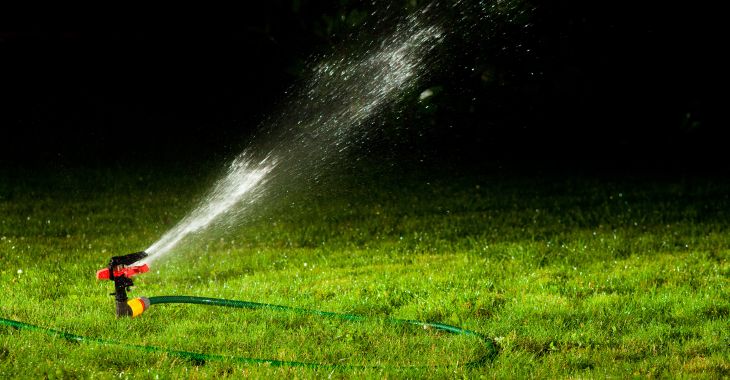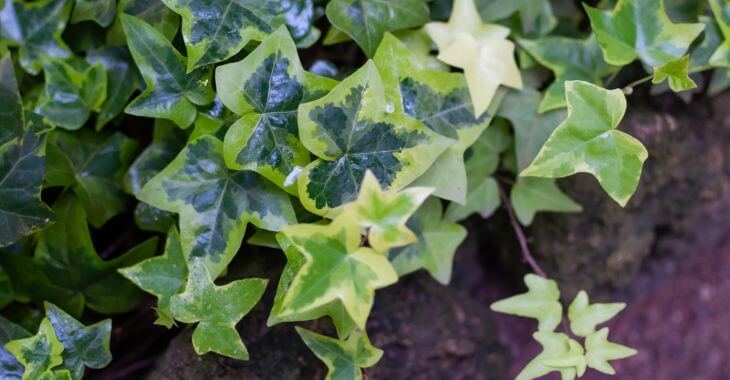9 Signs of Overwatering Plants: How to Recognize and Prevent Damage

Overwatering plants is a common mistake that can lead to a variety of issues. Understanding the signs of overwatering plants is crucial for maintaining healthy plants. Whether you are tending to your garden or indoor greenery, knowing when your plants are getting too much water can make all the difference.
1. Wilting Despite Moist Soil
One of the most confusing signs of overwatering outdoor plants is wilting despite the soil being moist. It is natural to assume that wilting means a plant needs water, but when overwatering occurs, the roots can’t get the oxygen they need, leading to a lack of turgor and causing the plant to wilt.
2. Yellowing and Over Watered Leaves
Overwatered leaves often turn yellow, signaling that the plant is stressed. This yellowing happens because the roots are suffocating in waterlogged soil, unable to absorb nutrients properly. If you notice leaves turning yellow while the soil is still wet, overwatering is likely the cause.
3. Soft and Mushy Stems
Plants suffering from too much water may develop soft, mushy stems. This occurs because excess moisture causes root rot, leading to weakened stems that can no longer support the plant. If you find that the stems of your plants are losing their firmness, it is a strong indicator of overwatering.
4. Leaf Drop and Over Watered Leaves
Another sign of overwatering is the sudden drop of leaves. Overwatered leaves often fall off prematurely as the plant struggles to survive. This can be particularly noticeable in outdoor plants that are used to more consistent moisture levels. Excessive leaf drop indicates that your plant is in distress.
5. Root Rot
Root rot is one of the most severe consequences of overwatering. When soil is consistently wet, roots become waterlogged and may decay. This decay not only prevents the plant from taking up water and nutrients but can also spread, killing the entire root system. Early detection is key to saving the plant.
6. Stunted Growth
Overwatered plants often show signs of stunted growth. When the roots are damaged by excess water, they cannot supply the necessary nutrients for growth. As a result, the plant’s development slows down or stops altogether. If your plant seems to have stopped growing, check your watering habits.
7. Mold and Fungus on Soil
Mold and fungus growth on the surface of the soil is a clear sign that your plants are getting too much water. These organisms thrive in damp, humid conditions, and their presence suggests that the soil has been consistently wet. If you see mold or mushrooms, it is time to reduce watering immediately.
8. Browning of Leaf Tips
While yellowing leaves are a sign of overwatering, browning tips can also occur when plants receive too much water. The browning typically starts at the tips and edges of the leaves and can progress inward. This browning happens because the plant’s roots are struggling to function in soggy conditions.
9. Soggy Soil
One of the most obvious signs of overwatering outdoor plants is consistently soggy soil. If the soil remains wet long after watering, it is a clear indication that the plant is receiving too much water. This can be especially problematic in outdoor gardens where drainage is poor or rainfall is frequent.
How to Correct Overwatering
If you have identified signs of overwatering, the first step is to reduce the frequency of watering. Ensure that your pots have adequate drainage, and consider using a well-draining soil mix. For outdoor plants, improve soil drainage by adding organic matter or creating raised beds to prevent waterlogging.
Preventing Future Overwatering
Preventing overwatering starts with understanding the specific water needs of your plants. Some plants thrive in moist environments, while others prefer drier conditions. Always check the soil moisture before watering and adjust your watering schedule based on weather conditions and plant type.
Watering techniques can also play a role in preventing overwatering. Water deeply but less frequently, allowing the soil to dry out between waterings. This encourages roots to grow deeper and stronger. For outdoor plants, consider using drip irrigation systems to deliver water directly to the roots as needed.
Monitor Plant Health Regularly
Regularly monitoring your plants for signs of overwatering or underwatering is key to maintaining their health. Keep an eye on the soil moisture, leaf color, and overall growth. Early detection of overwatering plants allows you to make needed adjustments before the damage becomes severe or irreversible.
Overwatering is a common issue that can severely impact plant health. By recognizing the signs of overwatering, such as yellowing leaves, wilting, and root rot, you can take steps to correct the problem. Proper watering techniques and regular monitoring are essential for keeping your plants healthy.

If you are concerned about over-watering your outdoor plants, consult a local landscaper about the proper watering techniques for your landscaped areas.

